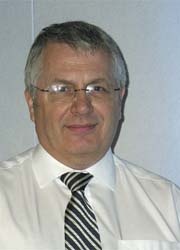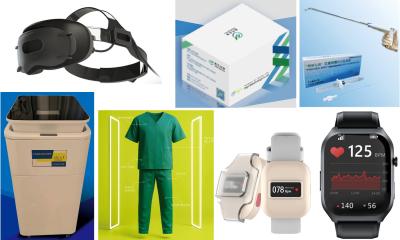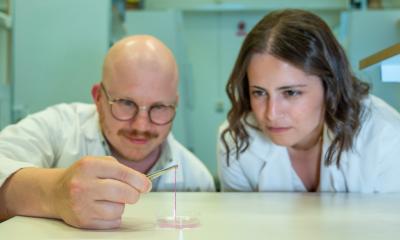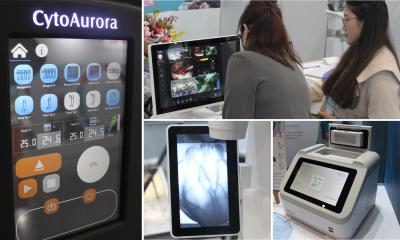The Wound Infection Institute
by Denise Hennig
Wound Infection Institute is dedicated to improving infection control.

The Institute is sponsored by Smith & Nephew (S&N) and founded by an international group of clinicians, scientists and other professionals working in wound management. It is dedicated to improving infection control through best practice, education, training and research. Denise Hennig of European Hospital reports on the institute’s recent meeting in Hungary.
For two days, 150 physicians, scientists and care professionals from 23 countries met in workshops to discuss a wide range of wound management topics. Groups were divided under the titles Research, Evidence, Diagnostic, Education, and Systems, to assess the current state of affairs in wound management in 14 European and nine non-European countries.
They will work to answer many questions, including: What advantages does this diversity offer? How can we work together in the future? What exactly is an infection? What symptoms indicate an infection? What therapies are available and which is the most promising? When should silver-containing wound dressings be used? When avoided? (See box). Where is there room for improvement in education? How can we improve pathogen and resistance tests?
Smith & Nephew made this meeting possible and will provide the infrastructure for further co-operation of the participants, including a WII web page and the organisation of next year’s conference - all this without stressing its involvement as the WII should retain its independence. Now it’s the participants’ turn to move the development of the institute forward.
Lively debates illustrated that an intensive exchange of information and a consensus among the different healthcare professions is of utmost importance in view of the fact that a diagnosis can mean different things to different people, which leads to confusion. For example: for a physician a diagnosis is the description of a clinical status - including the causes - that requires therapy. The nurse looks at the same situation and assesses the nursing and care requirements, which may be considered quite independently from addressing the causes of the clinical condition.
Consequently, the foremost demand is that all parties concerned speak the same language, notwithstanding the fact that each party has a different focus. The participants endorsed this unanimously. The individual groups developed action plans and the future will prove their success. The Research group will work on a quick test to determine bacteria - comparable to a pregnancy test with regard to simplicity and speed, although obviously the chemical and biological situation is entirely different. There is no reason to re-invent the wheel, rather synergies between the different healthcare professions have to be identified and use made of these.
Further information:
wii@smith-nephew.com
01.07.2006





